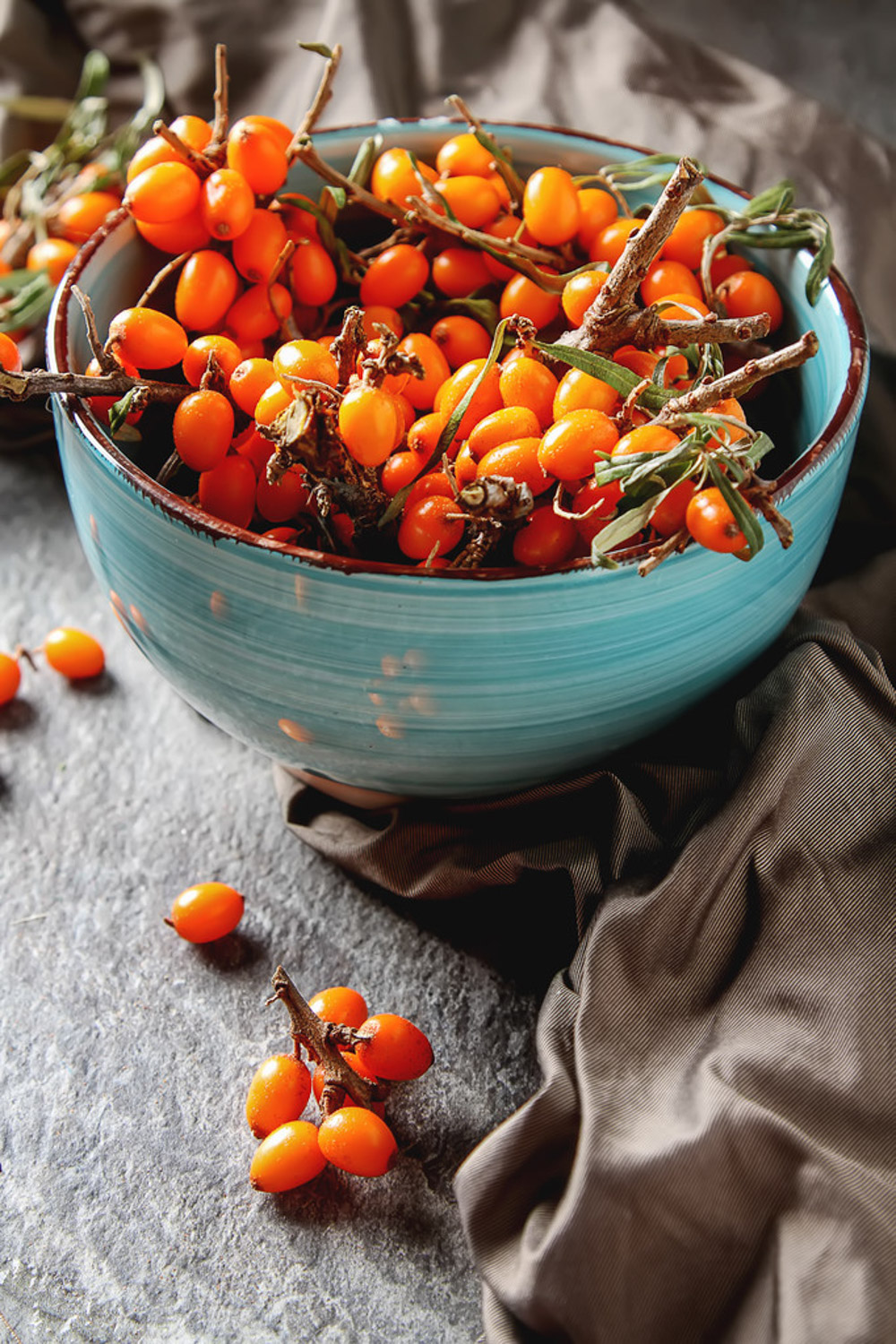Breeding method of Seabuckthorn
Light and temperature
Seabuckthorn has no strict requirements on temperature and is extremely resistant to cold and heat. It can withstand - 50 ℃ at the lowest and 50 ℃ at the highest. Seabuckthorn is a positive tree species, which likes light, and the annual sunshine hours should be 1500-3300 hours
Moisture
Seabuckthorn is resistant to barrenness and requires an annual precipitation of more than 400mm. However, if it is planted in valleys or floodplains, it can also grow normally. In addition, pay attention to avoid ponding and timely drain in rainy season
Fertilization
During the flower bud stage and fruit period of seabuckthorn, zhuangguodiling should be sprayed in time to increase nutrients, which is conducive to preventing flower falling, improving fruit setting rate, accelerating its expansion and ensuring high quality and high yield of fruits.
Soil
Seabuckthorn has strong adaptability to soil. Gravel soil and sandy soil with good air permeability are suitable, but too viscous soil is not allowed

Precautions for seabuckthorn breeding
Prune tree
when Seabuckthorn grows to a height of about 2-2.5 meters, it needs to be cut. If the horizontal is not smooth, the old should be removed, the new should be kept, the dense parts should be trimmed, the flourishing branches should be left in the lack of space, the bore should be cleaned, the bottom should be cut and trimmed, the crown should be complete and the yield should be high
Pest control
Dry shrinkage disease is the main disease of seabuckthorn, and the common pests of seabuckthorn include Seabuckthorn aphid, spring inchworm, apple leaf curler and so on
For the specific prevention and control of seabuckthorn dry shrinkage disease, we should select disease resistant varieties when planting seabuckthorn, strengthen management, loosen the soil regularly, improve soil permeability and enhance the disease resistance of plants. Chemical prevention and control can be carried out from late April. Open holes and irrigate 500 times of 40% carbendazim gel suspension or 800 times of methyltobutzine once a month for 3-5 consecutive times
For the harm of aphids, 2500-3000 times of 10% imidacloprid solution can be sprayed for control. For the harm of apple leaf curler and spring inchworm, it can be sprayed with 20% quick killing Ding 3000 times solution or 25% killing killing killing 2500 times solution for control< span>

 jackfruit
jackfruit snake plant
snake plant hibiscus
hibiscus hydrangea
hydrangea lavender
lavender Green roses climb al...
Green roses climb al... If you don't pay att...
If you don't pay att... Management of four g...
Management of four g...

































